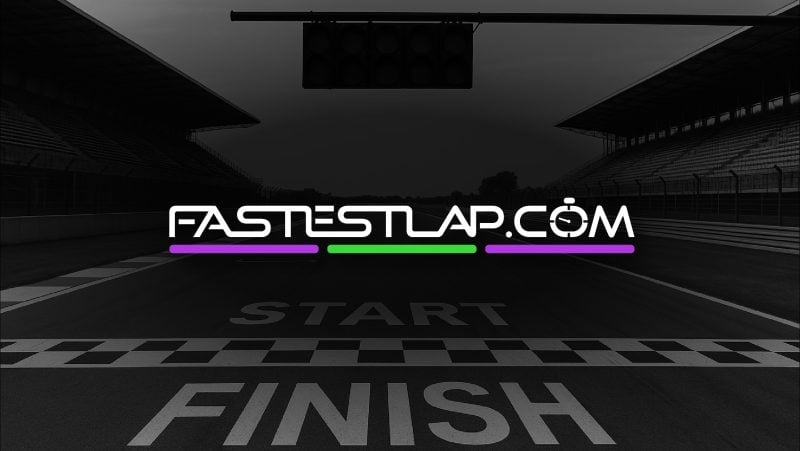Lewis Hamilton isn’t waiting for 2026 to come to him. Behind the scenes in Maranello, the seven-time champion has been busy handing Ferrari a stack of requests for Project 678 — the codename for next year’s car — aimed at ensuring his second season in red doesn’t look like the first.
By his own admission, Hamilton has already sent “documents” to Ferrari outlining changes he wants across the board: not just hardware, but how the team works, how departments talk to each other, how race weekends are executed. Italian daily La Gazzetta dello Sport adds colour to that picture, reporting that Hamilton’s feedback touches everything from processes to the SF-25’s most finicky traits.
Top of the list: braking. Hamilton’s struggled to harmonise with Ferrari’s engine-braking characteristics after 12 years of Mercedes muscle memory. The issue has lingered since his first Fiorano laps and reappeared at Spa, where a trial of revised Brembo discs and pads coincided with that odd spin at the Bus Stop in sprint qualifying. According to La Gazzetta, Ferrari’s engine braking has a sharper, more evident intervention than he’s used to, and while setup tweaks have softened the edges, the underlying feel still isn’t there for him on corner entry. Hamilton has reportedly asked for early sight of Ferrari’s 2026 power unit philosophy with a clear aim: design the complication out.
There’s more. The 2025 switch to a pull-rod front end has sharpened initial turn-in, but it’s also bred understeer in technical sections. Both Hamilton and Charles Leclerc flagged the car’s high-speed behaviour — first at Jeddah, then again at Silverstone — prompting a small power-steering update. Hamilton, hunting front bite, has been loading the nose more aggressively, which brings its own trade-off: increased steering sensitivity.
The simulator hasn’t been the shortcut. With a relatively narrow set of base setups available, Hamilton’s been pushing through wider experiments on track — a mix of bars, dampers and wing levels that, per Italian reports, often isn’t optimal for the SF-25’s sweet spot. It’s diverged markedly from Leclerc’s more consistent approach and surprised Ferrari, who expected the pair’s driving styles to align more closely from the outset.
All of this is happening against a stark backdrop. Hamilton’s headline move to Ferrari hasn’t yet paid off on Sundays — he’s still waiting for a first podium in red after 14 starts — and he’s made it clear he doesn’t intend to reprise the Alonso/Vettel arc of almost-but-not-quite in Maranello. With Project 678 already deep in development and a fresh ruleset looming, Ferrari can’t afford a split compass.
Hamilton’s message is unmistakable: fix the fundamentals now, or 2026 becomes a recovery mission before it’s even begun.




